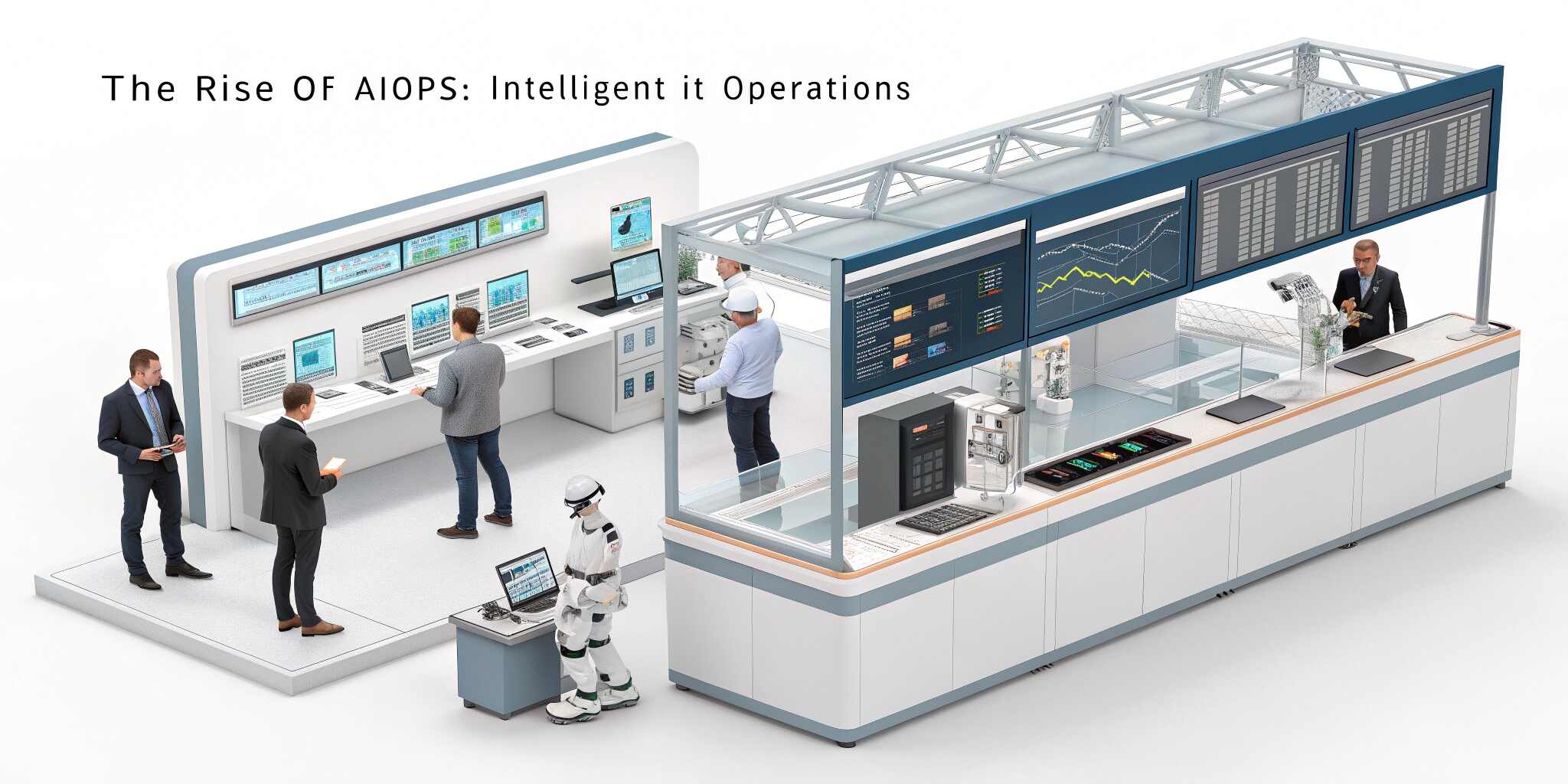The complexity of modern IT infrastructures has outpaced traditional management methods. Cloud computing, microservices, and hybrid environments generate massive amounts of data, making it increasingly difficult for IT teams to monitor, analyze, and act in real time. Enter AIOps, or Artificial Intelligence for IT Operations, a new approach that leverages AI, machine learning, and automation to optimize IT performance and reduce downtime.
What is AIOps?
AIOps is a methodology that uses artificial intelligence and advanced analytics to automate and enhance IT operations. By processing large volumes of logs, metrics, and events, AIOps platforms can detect anomalies, predict outages, and recommend corrective actions before users are impacted. This enables IT teams to shift from reactive problem-solving to proactive incident prevention.
How AIOps Works
AIOps platforms collect data from various IT environments, including servers, applications, networks, and cloud infrastructure. Using machine learning algorithms, the system analyzes this data to identify patterns, detect irregularities, and correlate events across different systems. Unlike traditional monitoring tools that rely on static thresholds, AIOps continuously learns from the environment, allowing it to adapt to changing conditions and reduce false alerts. When issues are detected, AIOps can either alert human operators or automatically trigger remediation workflows.
Benefits of AIOps
The rise of AIOps offers several key benefits for organizations managing complex IT environments. First, it significantly reduces mean time to detect (MTTD) and mean time to resolve (MTTR) incidents, minimizing downtime and improving service reliability. AIOps also improves root cause analysis by correlating events across multiple systems, making it easier to identify the source of a problem. Additionally, AIOps platforms reduce alert fatigue by filtering out noise and focusing on critical issues that need attention. With predictive analytics, AIOps can also forecast potential failures, allowing IT teams to address problems before they occur. This leads to better resource optimization and more efficient IT operations overall.
Key Use Cases of AIOps
AIOps is being adopted across various industries and use cases. In incident management, AIOps helps IT teams detect and resolve issues faster by automatically analyzing logs and metrics. In performance monitoring, AIOps continuously tracks application and infrastructure performance to ensure systems are running smoothly. For capacity planning, AIOps uses historical data to predict future resource needs, enabling better infrastructure scaling decisions. Additionally, AIOps enhances security operations by identifying unusual activity that could indicate security threats or breaches.
Why AIOps is Gaining Momentum
The growing adoption of cloud-native architectures, microservices, and DevOps practices has increased the need for intelligent IT operations. Traditional monitoring tools can’t keep up with the scale and speed of modern systems, leading to inefficiencies and higher risks of downtime. AIOps addresses these challenges by providing a scalable, automated solution for managing IT complexity. Companies are turning to AIOps to achieve better operational efficiency, faster incident response, and improved customer experience.
Challenges and Considerations
While AIOps offers many advantages, organizations should be mindful of certain challenges. Implementing AIOps requires clean, high-quality data from multiple sources, and integrating disparate systems can be complex. Additionally, some teams may face a learning curve in adopting AI-driven processes. However, as AIOps platforms evolve and become more user-friendly, these barriers are gradually being reduced.
The Future of AIOps
AIOps is set to play a critical role in the future of IT operations. As AI and machine learning technologies advance, AIOps platforms will become even more autonomous, capable of handling not just detection and prediction, but also full-cycle remediation without human intervention. In the coming years, AIOps will likely become a standard component of IT management, helping businesses reduce costs, increase uptime, and deliver better digital experiences.


